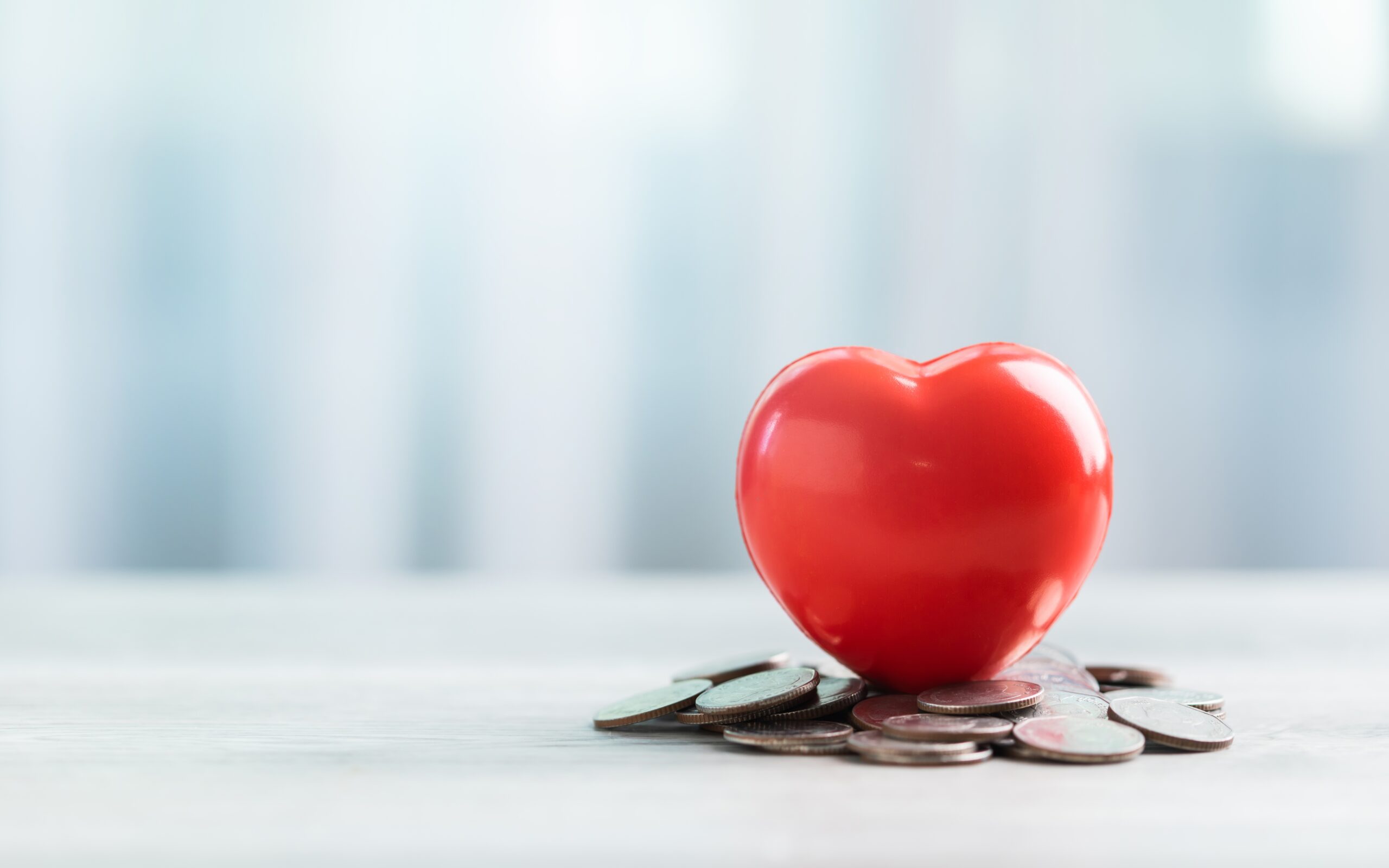
The Psychology of Spending: Why We Buy What We Don’t Need
Ever walked into a shop for toothpaste and walked out with a full basket of stuff you didn’t plan to buy? You’re not alone. Human spending behaviour is shaped by emotions, habits, social pressure, and subconscious cues—far more than logic or need.
This article explores the psychology of spending: why we’re drawn to impulse buys, what drives retail therapy, how marketing manipulates our decisions, and most importantly, how to become more mindful and intentional with money. Once you understand the why, you can start changing the how.
Outline
- Introduction
- We Think We’re Rational—But We’re Not
- Emotional Spending Explained
- The Role of Dopamine and Instant Gratification
- How Marketers Influence Your Decisions
- Social Pressure and the “Comparison Trap”
- Shopping as a Coping Mechanism
- The Influence of Scarcity and Urgency
- Practical Strategies to Resist Unnecessary Spending
- Final Thoughts
Introduction
We like to think of ourselves as logical beings—but when it comes to spending, we’re often emotional creatures.
From “treating yourself” after a long week to falling for a 70% off sale, most of us have made purchases we didn’t plan—and didn’t need.
The good news? Understanding why we do it is the first step to regaining control.
We Think We’re Rational—But We’re Not
Behavioural economists have shown that money decisions aren’t purely rational. We’re constantly influenced by:
- Our emotional state
- Environment (e.g. music, lighting, scents)
- Marketing messages
- Habits formed in childhood
- Psychological biases
We make hundreds of money-related decisions each day, often on autopilot.
Emotional Spending Explained
What is emotional spending?
It’s when you buy something not because you need or even really want it, but because you’re feeling:
- Stressed
- Bored
- Lonely
- Anxious
- Excited
- Sad
Example:
You’re having a rough day, and a takeaway or new outfit provides a temporary boost. That’s emotional spending at work.
Shopping becomes a form of self-soothing—a quick mood fix.
The Role of Dopamine and Instant Gratification
Dopamine = the brain’s reward chemical
Every time you anticipate a reward—like a parcel arriving or clicking “Buy Now”—dopamine spikes.
This creates a loop:
Anticipation → Reward → Temporary high → Repeat
That’s why:
- We crave fast shipping
- “Retail therapy” feels real
- Online shopping carts are oddly satisfying
But the happiness is short-lived, while the financial consequences can last.
How Marketers Influence Your Decisions
You are being marketed to constantly—even when you don’t realise it.
Tactics include:
- Anchoring: Showing a high original price next to a “discounted” price
- Scarcity: “Only 2 left in stock!”
- Social proof: “Thousands of people bought this today”
- Emotional triggers: Ads that make you feel aspirational, nostalgic, or inadequate
Marketing doesn’t sell you a product—it sells you a feeling.
Understanding this gives you power.
Social Pressure and the “Comparison Trap”
We don’t shop in a vacuum—we’re influenced by:
- Friends
- Influencers
- Colleagues
- Lifestyle expectations
Enter: lifestyle inflation
You get a raise—and suddenly upgrade everything. New clothes, better phone, fancier food.
Why? Because your reference point for “normal” shifts.
Comparison is the thief of joy—and the enemy of your bank balance.
Shopping as a Coping Mechanism
Many people shop not for the item—but for the feeling of control, comfort, or distraction.
Especially common during:
- Breakups
- Boredom
- Periods of high anxiety or burnout
- Identity transitions (new job, parenthood, moving house)
Spending becomes a way to numb or avoid—but the emotional issue remains.
The Influence of Scarcity and Urgency
Marketers love urgency because it disrupts rational thinking.
You see:
- “Flash Sale ends at midnight!”
- “Limited edition!”
- “Cart expires in 10 minutes!”
This triggers FOMO (fear of missing out) and leads to impulse buying.
Real needs rarely come with countdown timers.
Practical Strategies to Resist Unnecessary Spending
Use the 24–48 Hour Rule
Wait before buying non-essentials. If you still want it later, great. If not—you’ve saved.
Unsubscribe & Unfollow
Cut email promos and social media influencers who tempt you to spend.
Identify Emotional Triggers
Keep a journal or notes on what you feel before impulse spending.
Use “Wish Lists”
Add items to a list rather than your basket—review monthly.
Create an “Anti-Budget”
Set aside a fixed fun money amount each month. Spend guilt-free within it.
Replace the Habit
Swap shopping with free or lower-cost activities that still give you a boost:
- Walks
- Hobbies
- Phone call with a friend
- Library visits
Final Thoughts
Spending isn’t bad. Shopping isn’t evil. The goal isn’t to stop spending altogether—it’s to spend intentionally, not emotionally.
In summary:
- You’re not “bad with money”—you’re human
- Emotional and impulse spending are common
- Marketing and social pressure play a huge role
- With awareness, you can take back control
- Spend on what adds value, not what fills a momentary void
Understanding the psychology of spending helps you transform money from a source of stress into a tool for purpose and peace.


